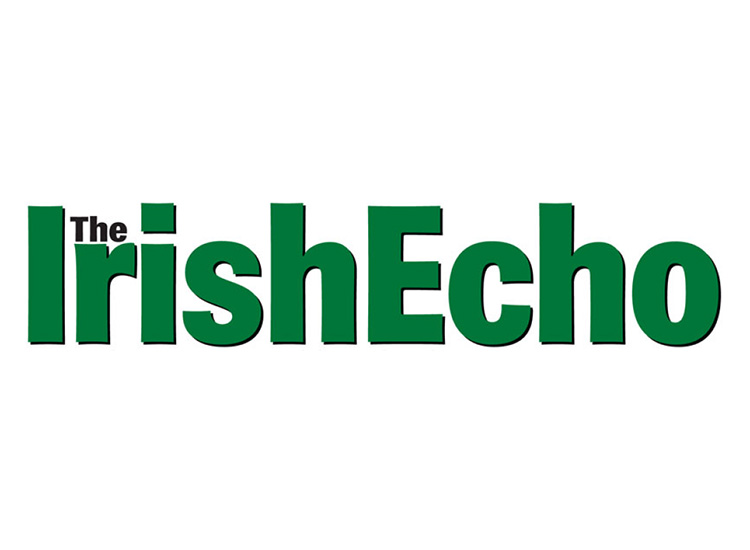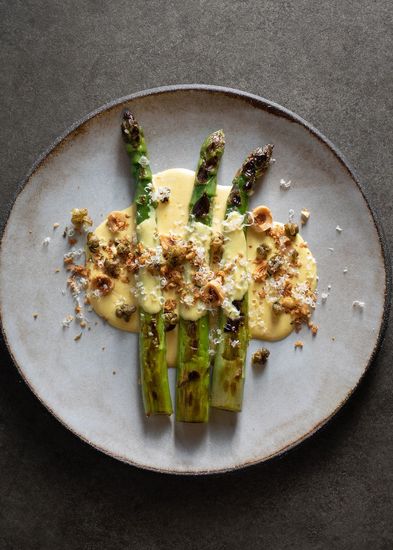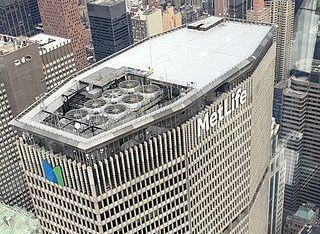Patrick Coffey in his studio.
By Ray O’Hanlon
rohanlon@irishecho.com
Manhattan is a monument to the powers of concrete, asphalt, glass and steel.
But other, more natural, substances are to be found in its museums, its homes, its softer nooks and crannies.
And next week, on the 17th floor of a glass and steel building that occupies a footprint on the canyon that is Park Avenue, there will be an exhibit of one of those natural substances: wood.
The exhibit, entitled “1916 and Irish Art” will feature the work of Irish wood carver Patrick Coffey.
The 17th floor in question is home to the Irish Consulate at 345 Park Avenue.
The exhibit runs for the week, from Monday, November 9, to Friday, November 13.
Coffey is a “Master Carver and Gilder,” a native of Cobh in County Cork, one of ten children born to Patrick and Teresa Coffey.
With ten children in a family, the odds are fair that one would be artistic.
But place also plays a part, as do people you meet along life’s way.
“My earliest memories relate to ancient Ireland. A very old neighbor would tell me all about it, while showing me how to make a healing harp, right from choosing the wood to completion,” said Patrick.
“Some people said he was a cunning man and others said he was the last Druid. He told me of ancient constants which are still very relevant to this day, about our environment and how it works; how things were made in a certain way, and the reasons why they were in that particular way. This laid the foundation for my future.”
Patrick began carving in his childhood, a pastime which doubtless brought parental warnings about doing himself injury.
But, as he grew older, it was apparent that carving was, to him, as natural as breathing.
He has worked in the leading restoration workshops in London, working predominantly for exclusive dealers in antiques and works of art, the kind of which you would find on famed Bond Street.
As he grew in his calling, Patrick began to work for leading gold and silversmiths producing commissioned, one off, pieces for the highest end of the world market.
Today, his work can be found in the collections of royal houses and indeed in the collection bequeathed to the nation by President Ronald Reagan.
His work is also to be found in the residence of the Irish president, Áras an Uachtaráin.
Patrick’s dual skills of carving and gilding affords him a rare ability to see a piece through to its completion.
And while he has traveled the world, today he works in his native Cork.
The primary focus of that work is Ireland from the first to the ninth centuries.
The inspiration for Patrick’s carving and gilding is Irish customs and folklore, long forgotten by most, but which has been passed down through the centuries by means of Ireland’s extraordinary oral tradition.
Earlier this year, as he led the New York St. Patrick’s Day Parade as its Grand Marshal, Cardinal Timothy Dolan carried a staff crafted by Patrick Coffey.
The collection that will be on view at the consulate is an interpretation of “Irish Tribal Art,” using native Irish wood because of its distinctive qualities.
For example “The Sidhe Harp” is a two piece harp made from the Rowan Tree. The music box in the harp is made with Aspen. “The War Club” is made from the Blackthorn.
“To know yourself you must know your past. Our past culture is very relevant to us today,” said Patrick.
And he further explains: “I have always carved wood and I have always been interested in Irish folklore, customs and mythology. Even before I left school at sixteen, I had numerous pieces carved.
“Having completed four years in the Irish navy I opened my workshop in Ballard, Cobh, and continued working with wood.
“While developing my craft I began to restore antiques. I went abroad for a couple of years, where I became a master carver and gilder, working in the conservation of fine carved and gilt furniture and objects d'art.
“On returning to Ireland I continued to produce my own Irish cultural art, focusing on Irish folklore, customs and legends.
“I work with native timber for example Silver Birch, the Rowan Tree or the Fairy Tree, Aspen, the Music Tree, and Sweet Chestnut, which was brought in by the monks circa the sixth century.
“Choosing the correct timber is integral to each piece I produce. At the moment I am working on an exhibition of Irish folklore and customs, from the first to the sixth century, from pagan Ireland to the introduction of Christianity.”
Those interested in seeing the exhibition at the consulate should call (212)319-2555 for further information. And to learn more about Patrick Coffey and his work, go to www.patrickcoffeyart.com.










